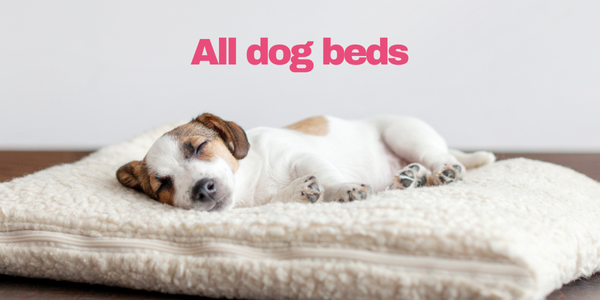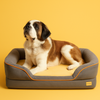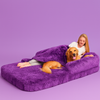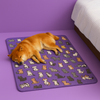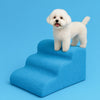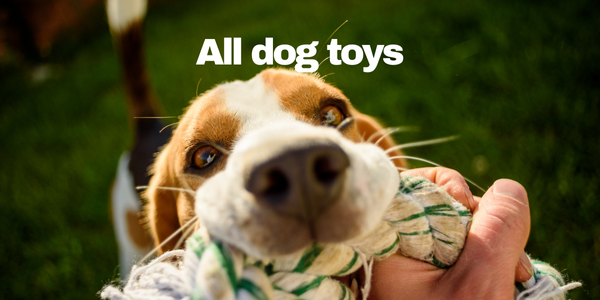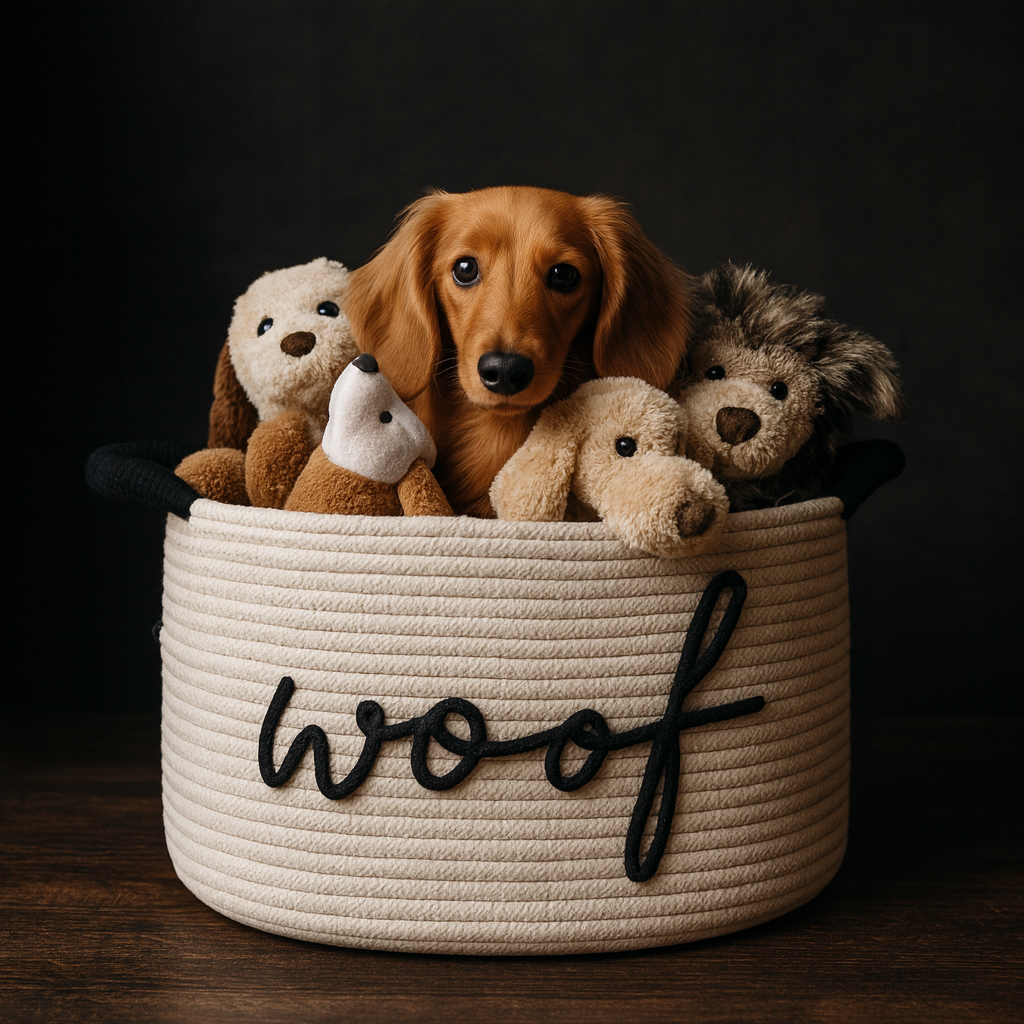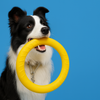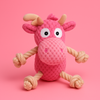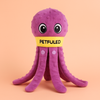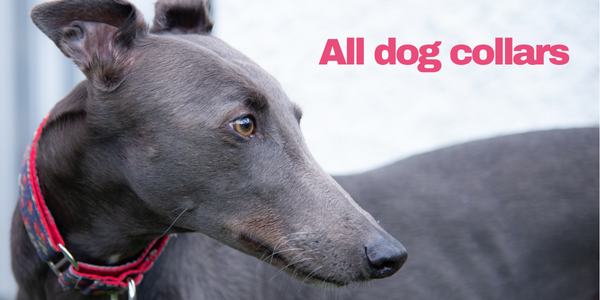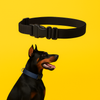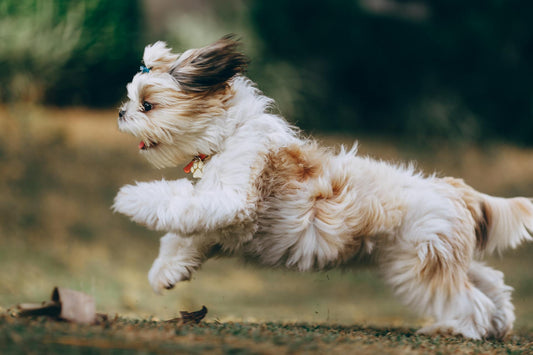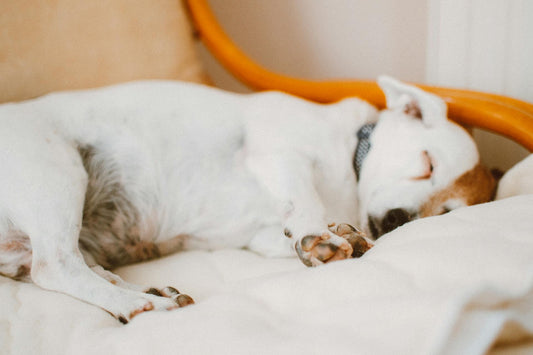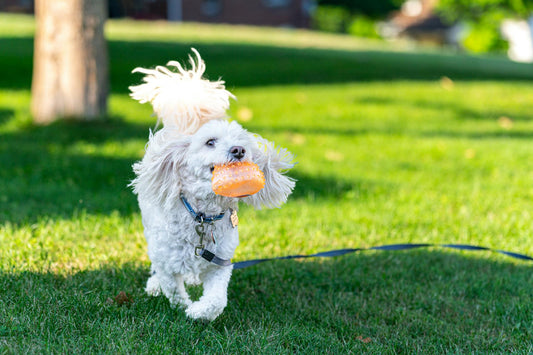Every dog is unique. Some love noise, people, and chaos — others prefer quiet corners, steady routines, and gentle play.
But sometimes a dog’s behaviour feels different. Maybe they don’t make eye contact, avoid touch, or seem locked in their own world.
That’s when many owners ask: can dogs have autism?
It’s a fair question. We love our dogs like family, and when their behaviour doesn’t fit the “normal” pattern, we want to understand what’s going on.
Do Dogs Experience Autism?
There’s no official diagnosis of autism in dogs.
Veterinary science doesn’t yet recognise a “canine autism spectrum” in the same way it does for humans.
However, some dogs do show autism-like traits — repetitive behaviours, difficulty socialising, or being easily overstimulated.
Experts sometimes call this “canine dysfunctional behaviour syndrome.”
It’s thought to be rare and possibly linked to how a dog’s brain processes social signals and sensory input.
In simpler terms: some dogs just see and feel the world differently.
Recognising Unusual or Withdrawn Behaviour
If your dog doesn’t seek attention, avoids other dogs, or seems stuck in patterns (like spinning, pacing, or fixating on objects), you might wonder if something is “wrong.”
But the truth is — behaviour always has a reason.
Common causes of withdrawn or repetitive behaviour include:
-
Anxiety or fear from past experiences.
-
Overstimulation in noisy or unpredictable environments.
-
Lack of socialisation early in life.
-
Genetic temperament traits — some breeds are naturally more independent.
In short, many behaviours that look like “autism” are actually stress responses or coping mechanisms.
The Role of Anxiety in “Autism-Like” Behaviour
Dogs who seem “distant” or “unresponsive” are often anxious, not detached.
Anxiety in dogs shows up as avoidance, restlessness, or hyper-focus — the same signs owners might mistake for something neurological.
When anxiety becomes chronic, dogs find comfort in routine or repetitive movement because it gives them control.
That’s not disobedience; it’s a way of coping.
This is where environment and support make all the difference.
Creating a Safe Space for Sensitive Dogs
For dogs who get easily overwhelmed, comfort and predictability are everything.
One of the kindest things you can do is give them a space that always feels safe, quiet, and their own.
A donut dog bed or cave bed can help reduce stress by mimicking the feeling of security and gentle enclosure.
The round, raised shape supports the body evenly and creates a soft barrier from the outside world — much like a den.
For anxious or noise-sensitive dogs, the partially covered design of a cave bed offers an extra sense of protection and privacy.
Many owners notice a difference within days:
-
deeper, more restful sleep
-
less pacing or whining
-
calmer reactions to household noise
Explore our Donut dog beds and Cave beds — cosy, enclosed spaces designed to help sensitive dogs feel safe and settled.
Toys That Calm, Not Overstimulate
For dogs that struggle with sensory overload, the wrong toy can make anxiety worse.
High-pitched squeaks or erratic movement can frustrate instead of soothe.
Look for calming or enrichment toys instead — ones that engage the mind gently without chaos.
Good examples include:
-
Soft plush toys with gentle textures or heartbeats.
-
Enrichment feeders that make your dog sniff, lick, and solve small puzzles.
-
Chew toys that allow quiet, repetitive activity (a natural stress relief).
These help the brain release dopamine — the same chemical that brings relaxation and focus.
👉 Discover our Calming Toys & Enrichment Collection — gentle stimulation for anxious or sensitive dogs.
When to Talk to a Vet or Behaviourist
If your dog’s behaviour feels extreme — constant spinning, freezing, or fear reactions — a vet visit is always worth it.
Sometimes what looks like a behavioural issue is actually physical discomfort, thyroid imbalance, or sensory sensitivity.
A certified canine behaviourist can help identify triggers and design calm, reward-based training routines.
They’ll focus on creating confidence rather than control — the foundation for every happy dog.
Supporting, Not “Fixing”
The most important shift is mindset.
Your dog doesn’t need to be “normal.” They need to feel safe, understood, and accepted.
When we stop trying to correct difference and start supporting comfort, dogs relax — and often, their behaviour improves naturally.
Patience, structure, and calm daily habits work far better than correction or force.
So, while dogs don’t technically have autism, some do process the world differently — and that’s okay.
With empathy, the right environment, and supportive products, even the most sensitive dogs can thrive.

